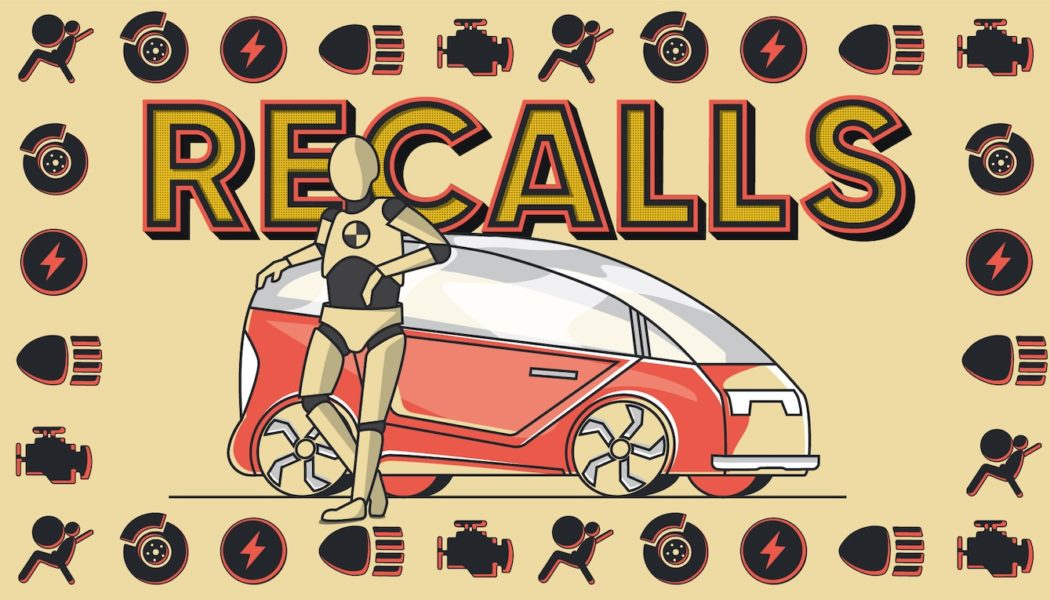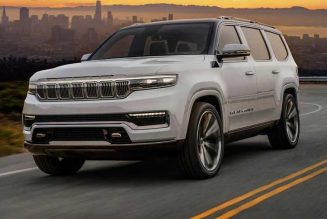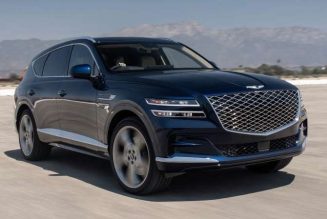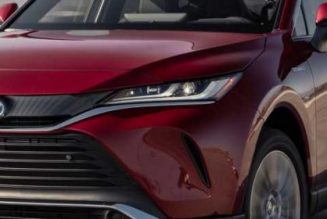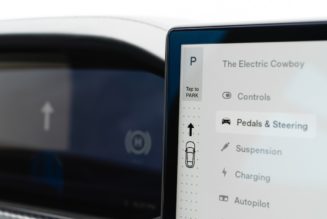Everybody makes mistakes, everybody has those days—the timeless lyric from none other than Hannah Montana has helped us through more than one internal crisis, and it applies to automakers, too. Once in a while, an automotive manufacturer or one of its parts suppliers will make an error that could potentially put you in danger.
Luckily, there are systems in place to right those wrongs. Tens of millions of vehicles are recalled every year in the U.S.—more than 31 million from 786 recalls in 2020 alone, according to the National Highway Traffic Safety Administration (NHTSA). We’re here to spell out why and how car recalls are issued, the cost of recall work, and how to check if there’s an active recall on your vehicle. Let’s dive in.
What Is a Car Recall?
In the automotive space, a product recall is a statement from the manufacturer that a safety risk is present in certain examples of its vehicles. Specifically, recalls are issued when a car or car part fails to comply with one or more Federal Motor Vehicle Safety Standards set the NHTSA, or when cars or parts exhibit a safety-related defect.
A recall campaign can affect a wide range of vehicles, like a Volvo recall that applied to every 2019 and 2020 model year vehicle, but it can also impact just a handful. In 2021, Mercedes-Benz and Porsche issued recalls that applied to just one model each. The Takata airbag recall is perhaps the most infamous in recent memory, affecting over 42 million vehicles, but issues with braking, electrical, exterior lighting, and powertrain systems were responsible for more recall campaigns in 2019.
The NHTSA says the majority of recall decisions are made in-house by manufacturers, without the need for involvement by the government safety administration. A conversation with Brian Latouf, Hyundai’s chief safety officer, confirmed that notion. Latouf told us OEMs including Hyundai have a safety office that looks at consumer and dealer data streams to detect trends, and then conduct investigations into those trends when necessary by evaluating the frequency and risk value around a specific vehicle issue.
In terms of cause, with new vehicles the defects are usually a result of bad parts from a supplier or a manufacturing error, but there can be recalls on older vehicles, too. Latouf mentioned older car recalls are usually result of metals corrosion or parts fatigue, issues that can often take years to expose themselves. Hyundai has raised engineering requirements for potential fatigue and corrosion to prevent future issues.
If a recall is deemed necessary, it is the responsibility of the manufacturer to report its findings to the NHTSA and take appropriate action. There are also situations in which the NHTSA uncovers a vehicle failing to comply with one of the set safety standards and alerts the automaker.
Are Car Recalls Free? Do They Expire?
In short, yes, but there are exceptions. When a recall is issued, the law offers three options for correction: repair, replace, or refund. Depending largely on cost, the automaker can choose to repair the defect at no charge, replace the vehicle with an identical or similar example, or refund the purchase price in full, taking into account a reasonable allowance for depreciation.
That said, the manufacturer is not required to fix the defect if the vehicle was built 15 or more years prior to the date the defect was determined. Owners are still advised to have the recall work performed, but in this case, they would have to pay out of pocket.
How to Check if Your Car Is Affected by a Recall
There’s a chance an open recall could exist on the vehicle in your driveway as you read this. Automakers are required to contact owners about recalls that apply to their vehicles, but especially if you’re the second or third owner or service the vehicle at an independent shop, the manufacturer may not have your contact information.
Oh, and don’t assume just because you bought a used car from a dealership that it’s had all the recall work performed. Juliet Guerra of the National Automobile Dealers Association (NADA) told us unless a used vehicle is determined by the NHTSA or the manufacturer to be too dangerous to drive or operate, it can still be sold by dealers. According to Guerra, “Dealers fully embrace providing notice to consumers so they are fully aware of any identified defects and can arrange to have the defect repaired as soon as parts are available.”
The easiest way to check for open recalls on your car is to visit the NHTSA’s recall site (nhtsa.gov/recall) and enter your Vehicle Identification Number or VIN. (A car’s VIN is usually found in the lower left corner of the windshield and can also be found on your registration.)
The NHTSA also recently introduced its SaferCar app, which can notify you when recalls are issued for your vehicle. Upon downloading, you can enter your VIN or year, make, and model (although the VIN is more accurate), and the app will alert you if the manufacturer issues a recall.
After entering your VIN, the system will display any unrepaired safety recalls issued in the last 15 years. If the recall work has been performed by you or a previous owner, it will not show up. We recommend checking for recalls at least twice a year.
More on car safety:
